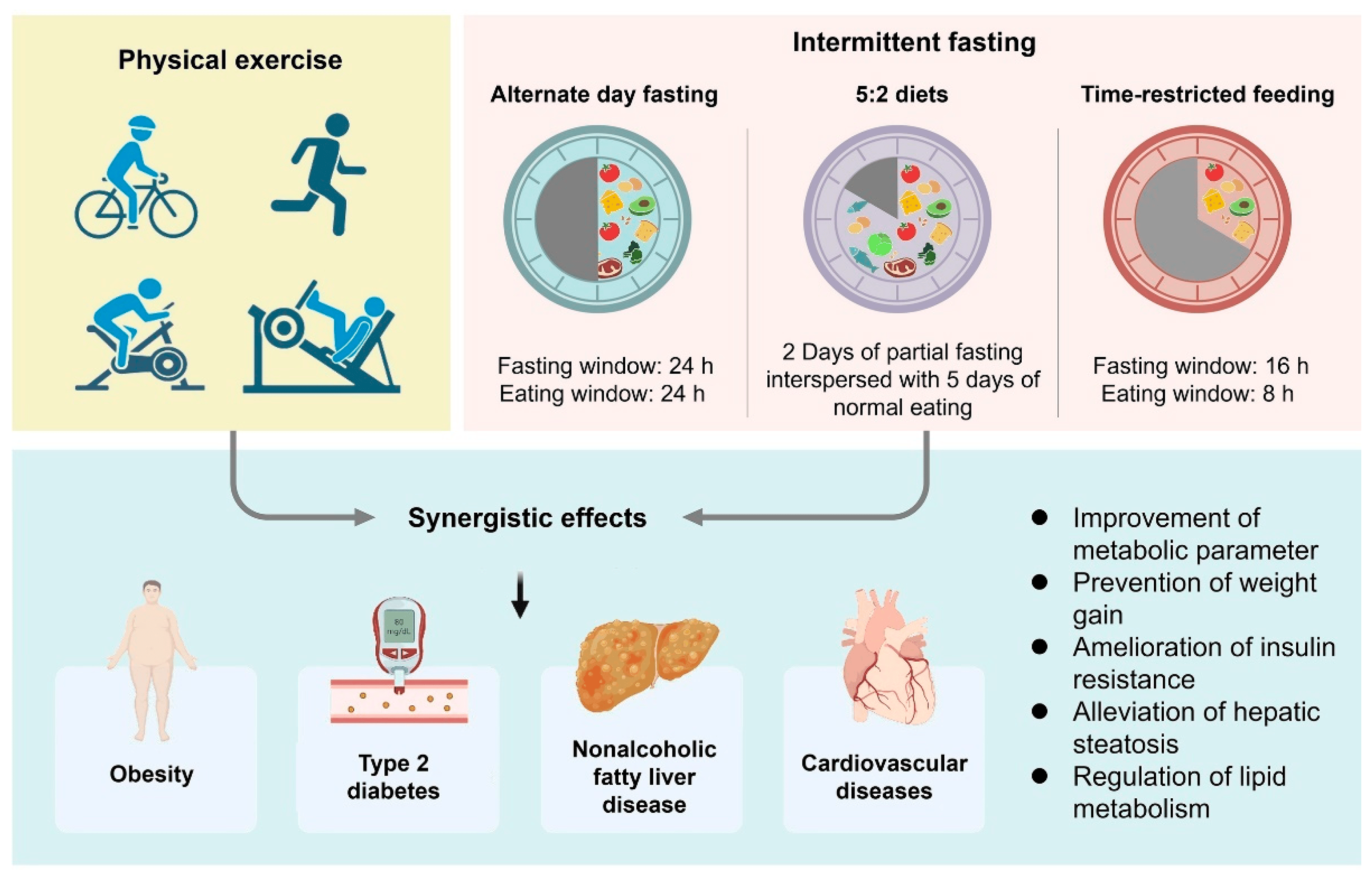The pharmaceutical industry wants to sell you Ozempic and other GLP-1 agonists at $1,000 per
month for weight management, but they don't want to tell you about a FREE metabolic solution
that has been staring us in the face for thousands of years - intermittent fasting.🙄
The big problem with our modern approach to weight management and metabolic health is that we've
been looking exclusively at WHAT we eat rather than WHEN we eat it. The medical-industrial
complex profits from keeping you focused on calorie counting, specialized diets, and expensive
medications, while basic physiology tells us something profoundly different.
 Photo by Ryan J. Hendrix
Photo by Ryan J. Hendrix
Here's what basic physiology teaches us that the pharmaceutical companies DON'T want you to
know:
When you eat throughout the day with no significant breaks, your insulin levels remain
chronically elevated. This sends your body into continuous "storage mode" where glucose is
prioritized as your energy source, and fat-burning is suppressed. The pancreas never gets a
break, and your cells become resistant to insulin's effects over time.
Intermittent fasting flips this metabolic switch by creating distinct periods of "feast" and
"famine" that our bodies evolved to expect. After 12-16 hours without food, several critical
changes occur:
1) Insulin levels drop significantly, allowing your body to access stored fat for energy
2) Cellular repair processes activate, removing damaged components (autophagy)
3) Growth hormone production increases, supporting fat metabolism and muscle
preservation
4) Inflammation markers decrease throughout the body
5) Gene expression changes to favor longevity and metabolic health
 Infographic adapted from Zhang et al., "Intermittent Fasting and
Physical Exercise for Preventing Metabolic Disorders through Interaction with Gut Microbiota: A
Review" (2023)
Infographic adapted from Zhang et al., "Intermittent Fasting and
Physical Exercise for Preventing Metabolic Disorders through Interaction with Gut Microbiota: A
Review" (2023)
The pharmaceutical companies developing GLP-1 agonists like Ozempic are essentially trying to mimic PART of what happens naturally during intermittent fasting. These drugs increase feelings of fullness and slow gastric emptying, which helps reduce calorie intake. But they don't address the fundamental metabolic switch that occurs when we give our bodies regular fasting periods.
Most importantly, studies consistently show that intermittent fasting improves insulin sensitivity and blood sugar control EVEN WHEN TOTAL CALORIC INTAKE REMAINS THE SAME. This means that simply changing WHEN you eat (without changing WHAT you eat) can have profound metabolic benefits.
So why isn't the medical establishment promoting intermittent fasting as aggressively as expensive GLP-1 medications? Simple economics. You can't patent or profit from teaching people to eat within an 8-hour window each day. There's no money in recommending that people skip breakfast occasionally or stop eating after 7 PM.
At Lower6, we've been incorporating time-restricted eating into our recommendations for years, along with our GL/GI approach to food selection. The ideal combination is to not only choose foods with a lower glycemic load but to consume them within a limited daily window to maximize metabolic benefits.
Start with a simple 12-hour overnight fast (e.g., stop eating at 7 PM and resume at 7 AM), then gradually extend to 14-16 hours a few days per week as your body adapts. Combine this with the Lower6 approach to food selection, and you'll be addressing both WHAT and WHEN you eat - the two critical factors for true metabolic health.
The fact is, intermittent fasting activates metabolic pathways that no pill can fully replicate. So before spending $1,000 monthly on GLP-1 medications, consider giving your body the fasting periods it evolved to expect. The best solutions are often the simplest - and in this case, completely free.
Remember what I always say: "People may not be compliant with taking medications, but people are compliant everyday with eating food." In this case, they can also be compliant with NOT eating food during certain hours - a zero-cost intervention with profound benefits.